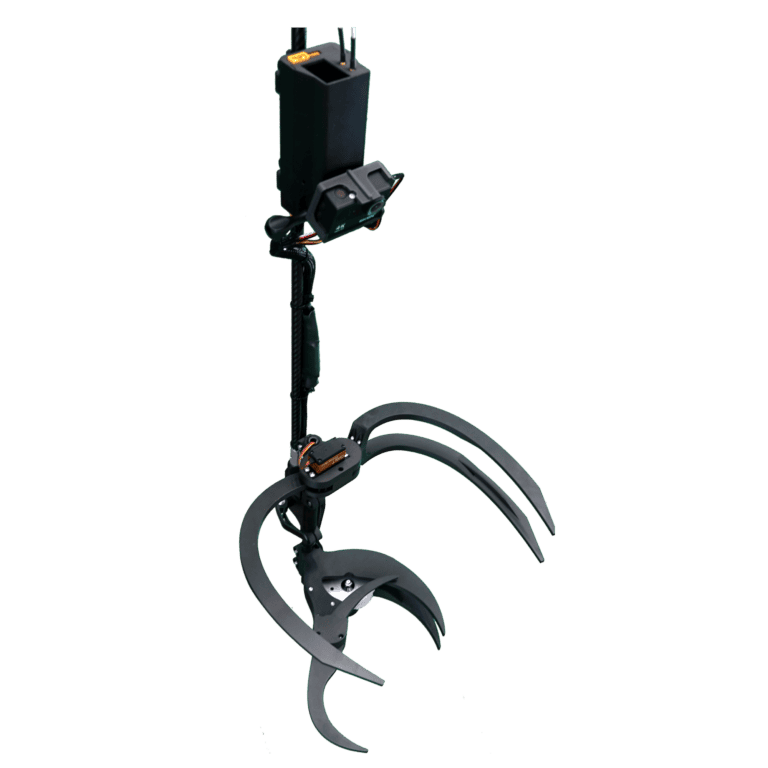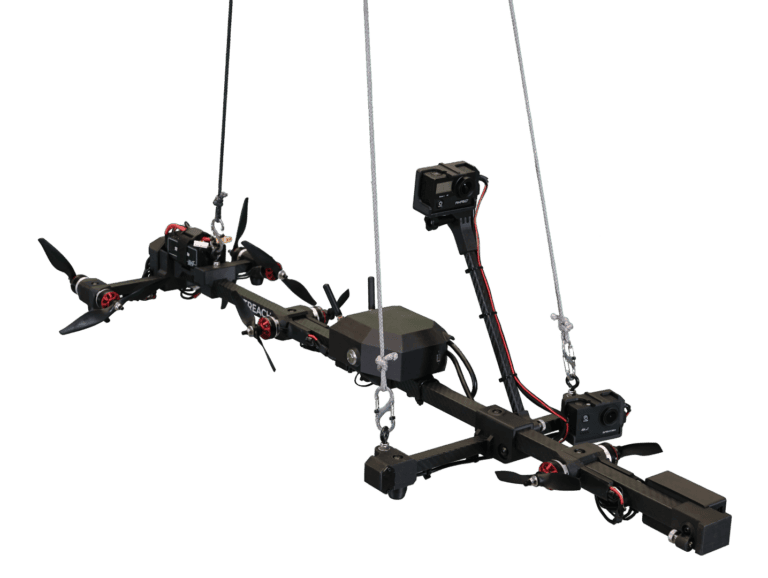Forestry robotics : revolutionizing the way we manage forests with drones
Applications of our technology and drones in forestry
In recent years, the use of drones in forestry has become increasingly popular. With their ability to cover large areas quickly and efficiently, drones are an ideal tool to assess and manage forested areas. Take a look at the principal uses of our drones in forestry.

Nutrient assessment and sylviculture
One of the primary uses of our forestry drone is to help adjust the need in fertilization by discovering the nutrient needs of selected trees. By using the sun-exposed leaves/needles of trees, it is indeed possible to directly extract the trees’ nutrient needs. This allows forest managers to determine the best course of action for maintaining healthy and productive forests. With drone technology, the process of nutrient assessment can be done quickly and efficiently, covering large areas of forest in a fraction of the time it would take with traditional methods.

Genetics and crop quality
Another use of drones in forestry is sylviculture and crop quality assessment. By collecting cones and mature fruits, forest managers can gather information about the tree’s fertility, allowing them to make informed decisions about which trees to select for genetic breeding programs. Additionally, drones can be used to assess the quality of the crop, such as the number of fruits or the size of cones. This information can be used to make more accurate predictions about crop yields and to optimize forest management practices.

Invasive species and pest management
Drones can also be used for invasive species and pest management in forestry. Invasive species and pests can have a significant impact on the health and productivity of forests, and early detection is crucial for effective management. With drones, forest managers can quickly identify potential problem areas and take action to prevent the spread of invasive species and pests. This can include the use of pesticides, the removal of infected trees, or other management practices.
Benefits of our solutions and drones in forestry
here are many benefits to using drones in forestry, including increased efficiency, reduced labor costs, and improved accuracy. Drones can cover large areas quickly, making it possible to assess and manage forests more effectively. Additionally, drones can be used in areas that are difficult or dangerous to access, such as steep slopes or areas with heavy vegetation. It is also possible to program automated drone missions using targeted tree’s GPS coordinate, which greatly augment efficiency for large-scale surveys.
Our extensive experience operating drones in forested environments
Flying drones in forested areas presents unique challenges, such as obstacles, changing weather conditions, limited GPS coverage, and lack of electricity access. However, our team has accumulated thousands of hours of experience operating drones in these environments, and we can provide safe and effective operation by following simple guidelines. Whether you need to survey forested areas or collect data for research, our specialists are available to help you plan your operations.

